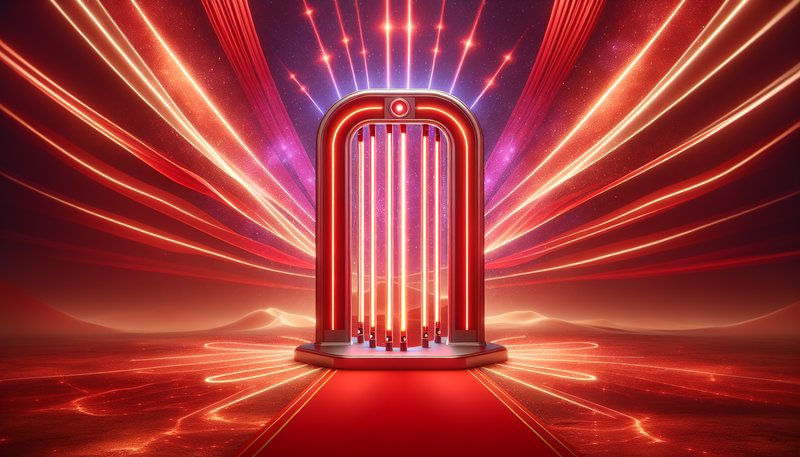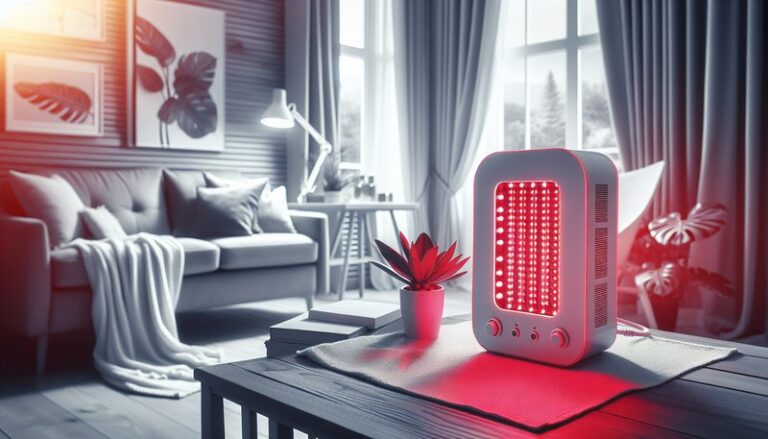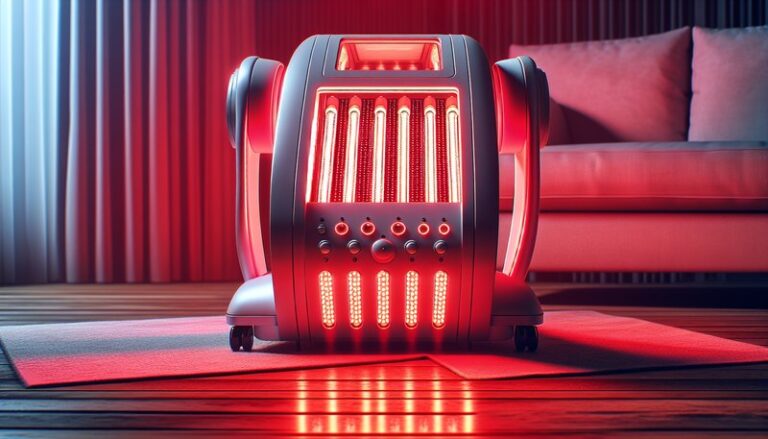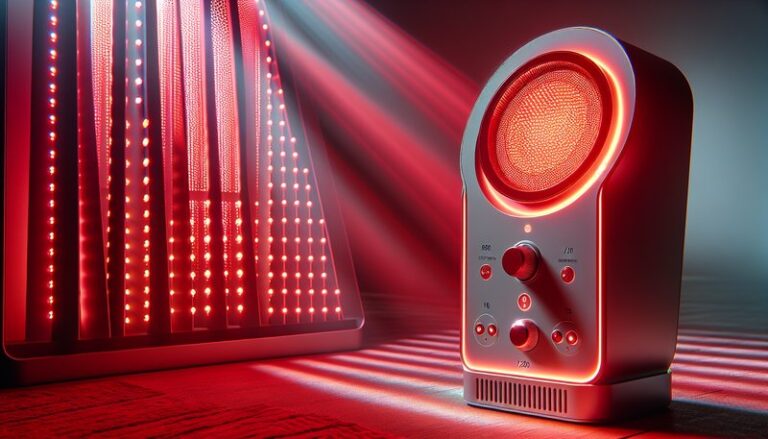Can You Get Too Much Red Light Therapy?
Can You Get Too Much Red Light Therapy?
Is it possible to overdo red light therapy, a popular treatment known for its myriad of benefits?
This article will explore the topic of red light therapy, its benefits, potential side effects, considerations for safe use, and alternative treatments. By the end, you’ll understand both the advantageous and cautionary aspects of red light therapy.
Key Takeaways
- Red light therapy offers numerous benefits, including skin health and pain relief.
- It is generally considered safe, but moderation is key to avoid potential side effects.
- Always consult a healthcare professional before starting any new treatment.
What is Red Light Therapy?
Red light therapy (RLT) is a treatment that uses low-wavelength red light to stimulate cellular function. It’s often used for a variety of conditions, including skin rejuvenation, wound healing, and pain management. The therapy works by increasing ATP production within cells, promoting healing and regeneration.
RLT can be delivered through specific devices, such as light panels, handheld devices, or laser systems. Treatment can occur in clinical settings or at home, making it accessible to many individuals seeking non-invasive treatments.
How Red Light Therapy Works
The primary mechanism by which red light therapy operates is photobiomodulation. This process involves cellular absorption of red and near-infrared light, which can lead to various physiological benefits:
- Enhanced cellular metabolism
- Increased collagen production
- Reduced inflammation
What are the Benefits of Red Light Therapy?
Red light therapy is celebrated for its numerous benefits, making it a therapeutic option for many. The following points highlight some of its most significant advantages.
Check out the full story Can red light therapy cause nausea?
Skin Health Improvement
Red light therapy can significantly improve skin conditions by enhancing collagen production and reducing fine lines and wrinkles. Many users report smoother skin and improved complexion after consistent treatments.
Pain Relief
Individuals suffering from chronic pain conditions, such as arthritis or back pain, may find relief through red light therapy. The therapy can reduce inflammation and promote healing in muscles and joints, leading to decreased discomfort.
Enhanced Wound Healing
Studies have shown that red light therapy can accelerate wound healing by stimulating cellular repair and regeneration. This makes it an appealing option for managing post-surgical wounds and injuries.
Improved Mood and Sleep Quality
Emerging evidence suggests that red light therapy can positively impact mood and sleep quality. Regular exposure might help regulate circadian rhythms and reduce symptoms of seasonal affective disorder (SAD).
Is it Possible to Get Too Much Red Light Therapy?
While red light therapy is generally considered safe, excessive use can lead to potential side effects. Overexposure may cause skin irritation, increased sensitivity, or, in rare cases, burns. Furthermore, extensive sessions might not yield additional benefits and can hinder the body’s natural healing processes.
What are the Advantages of Regulated Use?
Moderate use of red light therapy ensures that individuals can reap its benefits while minimizing risks.
What are the Disadvantages of Excessive Use?
Overuse of red light therapy can lead to skin issues and reduced effectiveness. It’s essential to monitor sessions and adjust accordingly to maintain optimal results.
What are the Things to Consider Before Using Red Light Therapy?
Before embarking on a red light therapy regimen, consider the following factors to ensure a safe and beneficial experience.
Consult with a Healthcare Professional
It’s critical to discuss your specific health concerns with a professional to determine if red light therapy is appropriate for you. This is especially important if you have pre-existing conditions or are taking medications.
Follow Manufacturer Guidelines
Different devices may have varying recommendations regarding session length and frequency. Always adhere to the guidelines provided with your specific device to avoid overuse.
Monitor Your Skin’s Reaction
Pay close attention to how your skin responds to red light therapy. If you notice irritation or discomfort, reduce the frequency or duration of your sessions.
Adjust Based on Results
As you begin your treatment, assess how your body responds over time. Adjust your regimen based on effectiveness rather than simply continuing sessions to seek faster results.
What are the Alternatives to Red Light Therapy?
For those seeking other options, several alternative therapies can provide similar benefits.
Near-Infrared Light Therapy
Similar to red light therapy, near-infrared light therapy offers deep tissue penetration that can promote healing and pain relief. It can be effective for conditions like muscle soreness and joint pain.
Ultrasound Therapy
This technique uses sound waves to promote tissue healing and pain relief. It’s commonly used for sports injuries and physical rehabilitation.
Laser Therapy
Low-level laser therapy (LLLT) also stimulates healing and reduces pain. It offers targeted treatment and can be beneficial for conditions like tendinitis and carpal tunnel syndrome.
Find out everything in Red Light Therapy Frequency
Massage Therapy
While not light-based, massage therapy helps reduce muscle tension and promote relaxation, providing benefits that align with many of those sought through red light therapy.
Conclusion: Is it Recommended to Use Red Light Therapy?
Red light therapy is a generally safe and effective treatment option for various conditions, provided it is used correctly. Moderation is essential to minimize risks and maximize benefits. Following professional guidance and monitoring your body’s responses are crucial steps before starting any therapy.
Frequently Asked Questions
Can I do red light therapy every day?
Yes, many users safely incorporate light therapy into their daily routines; however, it’s important to start slowly and assess your individual response.
Is red light therapy safe for everyone?
While RLT is safe for most, individuals with certain conditions, such as photosensitivity or those taking medications that increase sensitivity to light, should consult a healthcare provider before use.
How long does it take to see results from red light therapy?
Results can vary based on the individual and the condition being treated. Some may notice improvements within a few sessions, while others may take weeks for significant benefits to appear.
Can I combine red light therapy with other treatments?
Yes, many people effectively combine red light therapy with other treatments, such as physical therapy or skincare regimens. Always discuss these combinations with a healthcare professional to ensure safety and efficacy.





